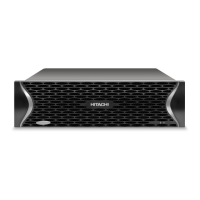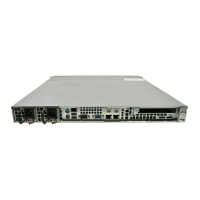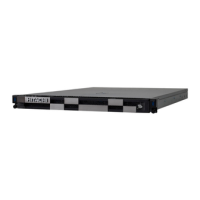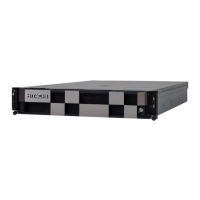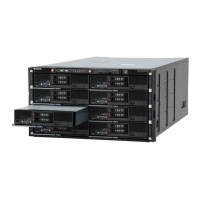facility 7-5
parameters 7-5
permission command 7-10
permitting protected volumes 7-12
specifications 7-7
data protection operations 7-1
data replication operations 6-1
Data Retention Utility
how it works 7-2
restrictions on volumes 7-3
Database Validator
how it works 7-3
restrictions 7-4
definition file, configuration
parameters 2-15
definition file, configuration parameters 2-15
device groups 3-38
definition methods 3-38
deleting 3-42
settings and read operations 3-38
device parameter, HORCM_DEV 2-23
discovering remote volumes 6-58
dual pathing on Solaris 2-3
duplicated mirroring 6-6
E
endian
little vs big 2-12
environment variables for data protection 7-14
environment variables for log directories 2-42
error codes
horctakeover and pair
commands:troubleshooting 9-18
raidscan, raidqry, raidar, horcctl:troubleshooting
9-20
troubleshooting 9-6, 9-21
error messages
troubleshooting 9-6
examples
directory mound for Windows 8-12
GPT disk for Windows 8-10
group version control for mixed storage system
configurations 8-2
LDM volume discovery and flushing for Windows
8-2
mountvol attached to Windows 8-5
signature changing facility for Windows 8-9
SLPR configuration 8-18
specify host group 8-14
system buffer flushing 8-6
volume discovery 8-3
external volumes
creating using Fibre Channel 5-45
creating using iSCSI 5-47
operations 5-45
F
fence level settings 6-30, 6-32
fibre channel failure 6-29
files 2-35
log and trace files 2-40
OpenVMS 2-39
UNIX 2-36
user-created scripts 2-49
Windows 2-37
H
horcm.conf file 6-45
HORCM_ALLOW_INST 2-28
HORCM_CMD (in-band) 2-17
HORCM_CMD (out-of-band) 2-21
HORCM_DEV 2-23
HORCM_INST 2-25
HORCM_INSTP 2-28
HORCM_LDEV 2-26
HORCM_LDEVG 2-27
HORCM_MON 2-17
host components 2-9
and pairing 2-12
HORCM 2-9
instance configurations 2-10
host group check 3-32
I
in-band
command execution 3-2
in-system replication 1-9
instance number 2-4
instance parameter, HORCM_INST 2-25
internal volumes
creating 5-18, 5-22
operations 5-18
Index-2
Command Control Interface User and Reference Guide
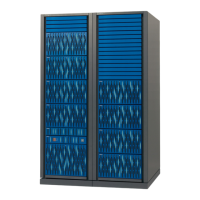
